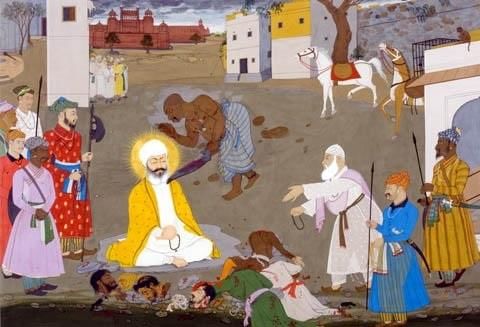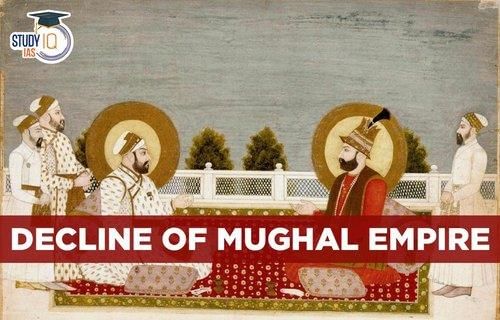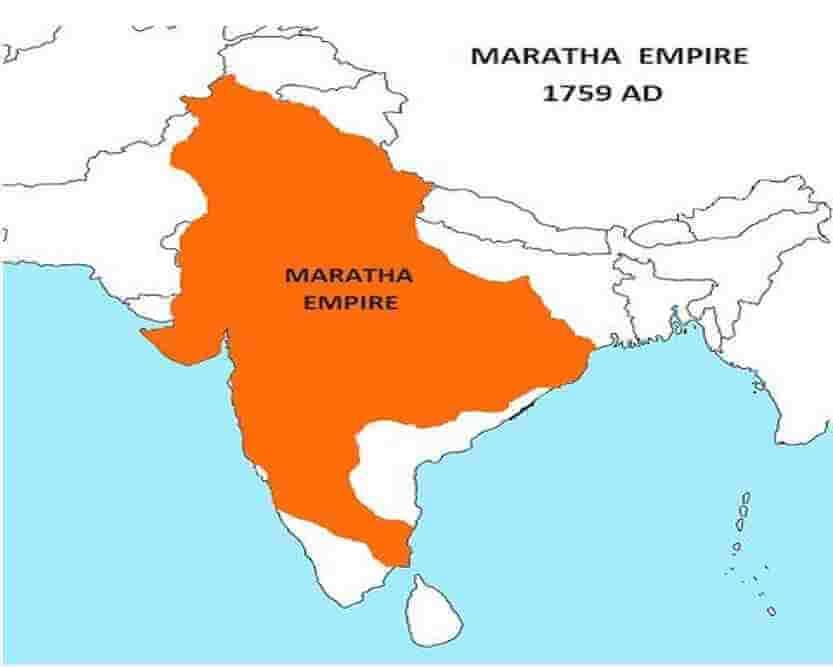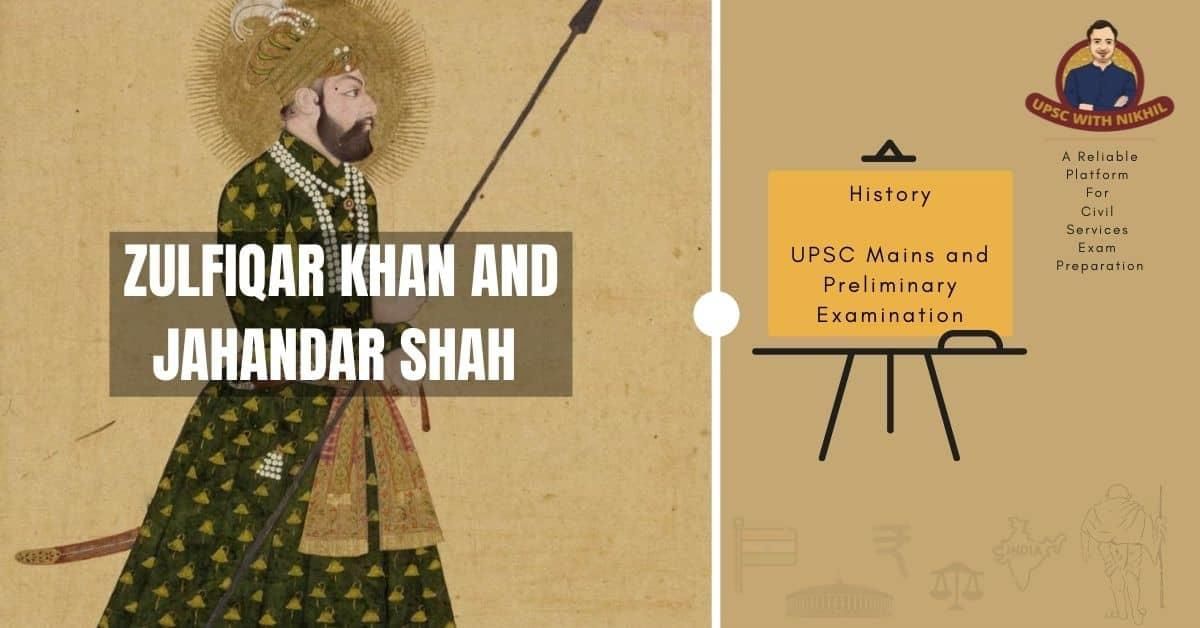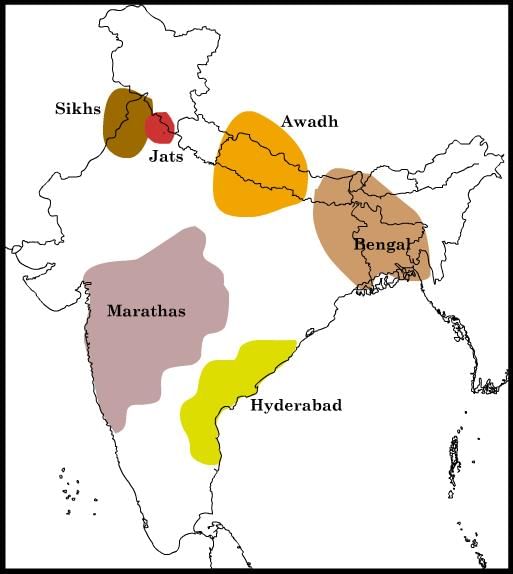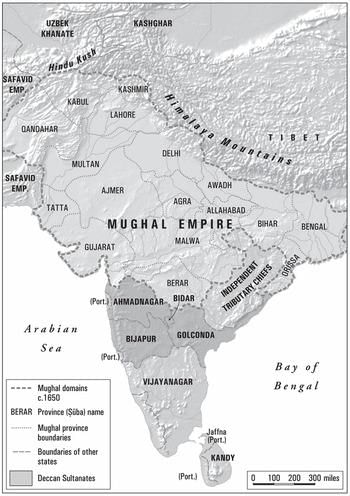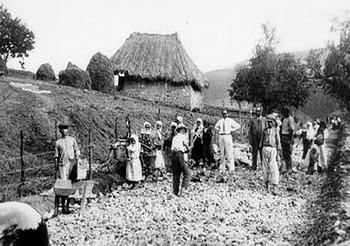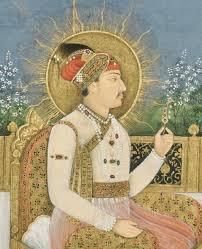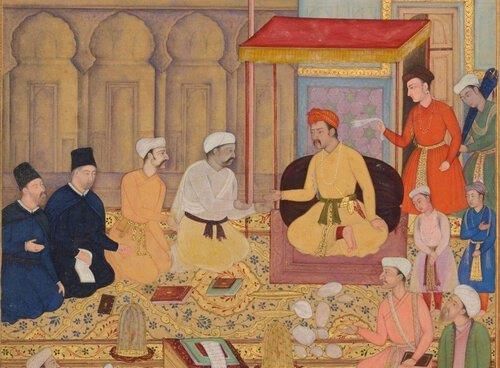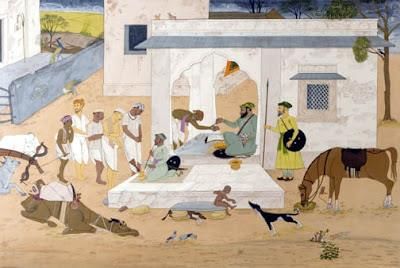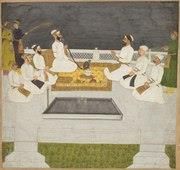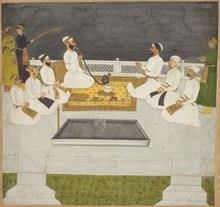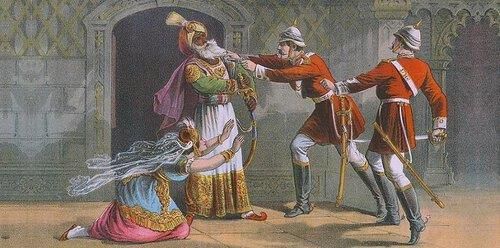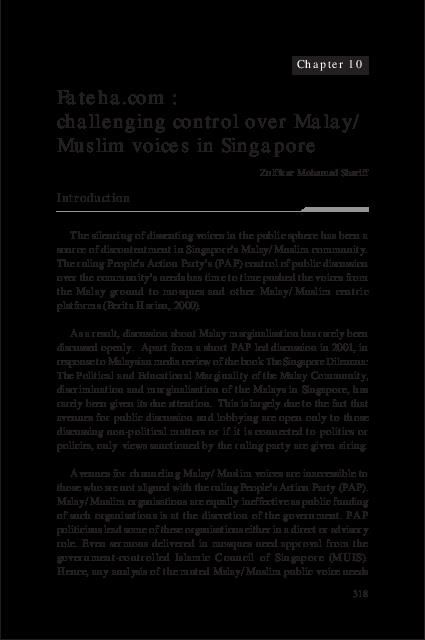|
Card: 1 / 60 |
What significant change occurred in the Mughal Empire after the death of Aurangzeb in 1707? |
|
Card: 2 / 60 |
The Mughal Empire began to decline, losing its previous stability and territory, ultimately resulting in diminished power by the early 18th century.  |
|
Card: 3 / 60 |
Bahadur Shah's rule is characterized by a departure from the policies of ___ and a more tolerant approach towards ___ . |
|
Card: 5 / 60 |
True or False: Bahadur Shah's attempts to assert control over Rajput states were completely successful. |
|
Card: 6 / 60 |
False; his attempts faced resistance and led to settlements that did not concede demands for privileges and offices. 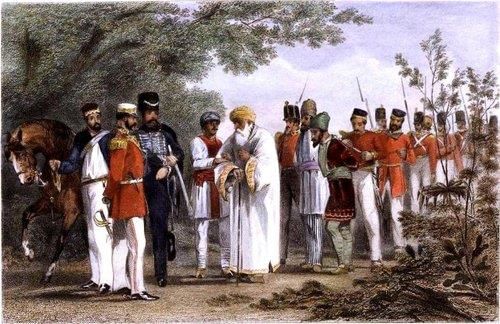 |
|
Card: 7 / 60 |
Fill in the blank: The Mughal Empire's military strength remained formidable until the death of ___ . |
|
Card: 9 / 60 |
What was the nature of Bahadur Shah's approach towards the Maratha chiefs during his reign? |
|
Card: 10 / 60 |
His approach was characterized by half-hearted conciliation, which resulted in limited success and highlighted his indecisiveness. 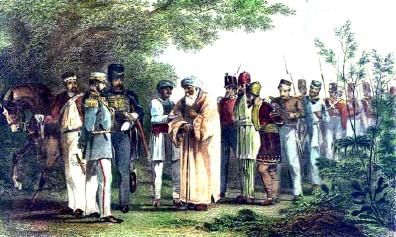 |
|
Card: 11 / 60 |
True or False: The Mughal Empire maintained its vast territories and power throughout the 18th century under Bahadur Shah's leadership. |
|
Card: 12 / 60 |
False; the empire experienced a gradual decline in territory and power during this period. 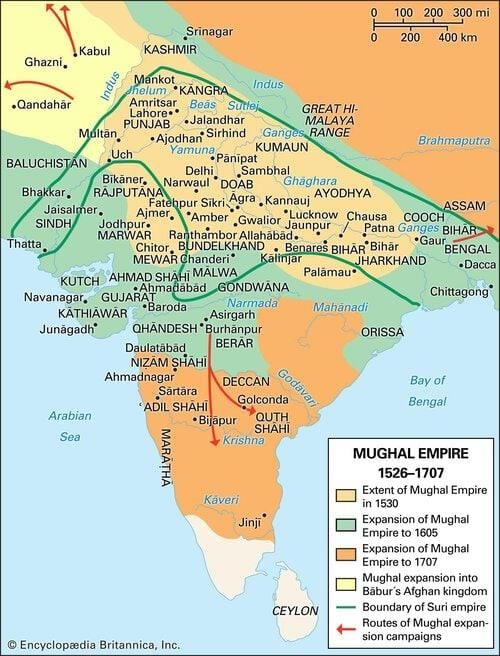 |
|
Card: 13 / 60 |
Fill in the blank: The decline of the Mughal Empire was influenced by weaknesses in India's medieval ___, ___, and ___ structures. |
|
Card: 15 / 60 |
Bahadur Shah's attempts to appease the Marathas were successful. True or False? |
|
Card: 16 / 60 |
False. Bahadur Shah's attempts fell short as he did not fully satisfy their demands, leading to continued dissatisfaction among the Maratha sardars. 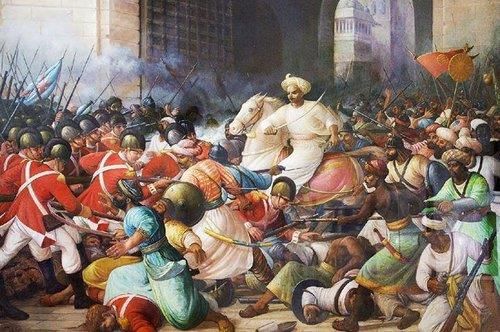 |
|
Card: 17 / 60 |
The refusal to recognize Shahu as the rightful Maratha king contributed to ___ in the Deccan region. |
|
Card: 19 / 60 |
What actions did Bahadur Shah take in response to the Sikh rebellion under Banda Bahadur? |
|
Card: 20 / 60 |
He initially attempted to pacify the Sikhs by making peace with Guru Gobind Singh and granting him a high rank, but after Guru Gobind Singh's death, he took direct military action. 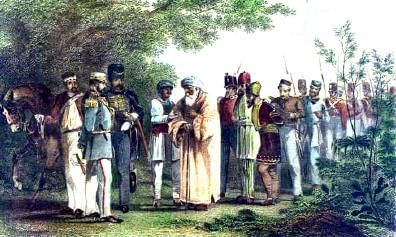 |
|
Card: 21 / 60 |
Bahadur Shah's granting of jagirs and promotions had a positive effect on the state finances. True or False? |
|
Card: 22 / 60 |
False. His reckless grants worsened state finances and depleted the royal treasury. 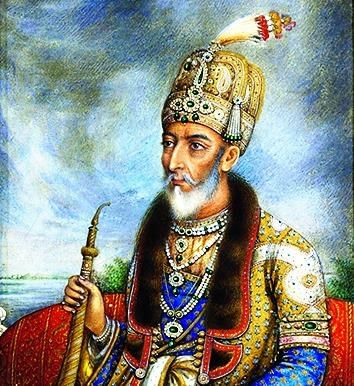 |
|
Card: 23 / 60 |
After Bahadur Shah's death, Jahandar Shah relied on powerful nobles to govern, such as ___ who sought to reverse previous policies. |
|
Card: 25 / 60 |
Bahadur Shah's efforts to secure loyalty from regional chiefs like Chhatarsal were ultimately ___ in stabilizing the empire. |
|
Card: 27 / 60 |
What significant tax did Zulfiqar Khan abolish to strengthen his position after Bahadur Shah's death? |
|
Card: 29 / 60 |
Fill in the blank: The continued decline of the Mughal Empire was influenced by ___ strife, financial mismanagement, and shifts in political alliances. |
|
Card: 31 / 60 |
Zulfiqar Khan's introduction of revenue farming primarily led to increased ___ of peasants. |
|
Card: 33 / 60 |
True or False: The Saiyid brothers supported Farrukh Siyar's rule without any power struggles. |
|
Card: 34 / 60 |
False; the Saiyid brothers engaged in a power struggle with Farrukh Siyar throughout his reign. 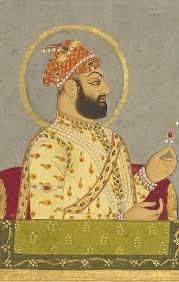 |
|
Card: 35 / 60 |
Farrukh Siyar was characterized by his ___, ___, and susceptibility to worthless favourites. |
|
Card: 37 / 60 |
The Saiyid brothers effectively controlled the Mughal Empire through their dominance over ___ emperors until 1720. |
|
Card: 39 / 60 |
Fill in the blank: The power struggle between Farrukh Siyar and the Saiyid brothers highlighted the ongoing ___ within the Mughal Empire. |
|
Card: 41 / 60 |
What was the impact of the Saiyid brothers' consolidation of power on the autonomy of the Mughal Empire? |
|
Card: 42 / 60 |
It significantly reduced the stability and autonomy of the Mughal Empire as they restricted the personal liberty of successive puppet emperors. 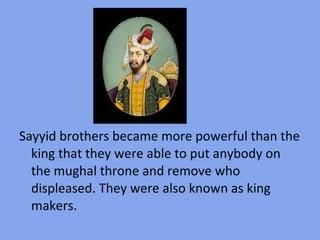 |
|
Card: 43 / 60 |
The Saiyid brothers implemented religious tolerance by abolishing the ___ tax and the ___ tax to foster cooperation between Hindu and Muslim nobles. |
|
Card: 45 / 60 |
True or False: The Saiyid brothers were successful in fully stabilizing the Mughal Empire during their rule. |
|
Card: 46 / 60 |
False; they faced constant political rivalry and conspiracies that hindered their effectiveness. 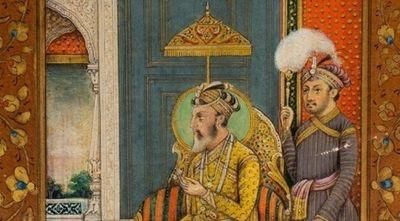 |
|
Card: 47 / 60 |
What were the main challenges faced by the Saiyid brothers in their administration? |
|
Card: 48 / 60 |
Administrative disintegration, financial strain from faltering revenue collection, and internal dissent.  |
|
Card: 49 / 60 |
Fill in the blank: The downfall of the Saiyid brothers was marked by the assassination of Husain Ali Khan in ___ and the defeat of Abdullah Khan near ___. |
|
Card: 51 / 60 |
True or False: The Saiyid brothers are remembered as 'kingmakers' due to their significant role in shaping the leadership of the Mughal Empire. |
|
Card: 53 / 60 |
What was the primary strategy used by the Saiyid brothers to build alliances with regional powers? |
|
Card: 54 / 60 |
They formed alliances by granting significant concessions in exchange for military support.  |
|
Card: 57 / 60 |
Fill in the blank: Muhammad Shah's leadership was characterized by ___ and ___, which led to challenges in governance. |
|
Card: 59 / 60 |
True or False: Nizam-ul-Mulk remained loyal to Muhammad Shah throughout his reign. |
|
Card: 60 / 60 |
False. Nizam-ul-Mulk became disillusioned with Muhammad Shah's leadership and pursued his own ambitions. 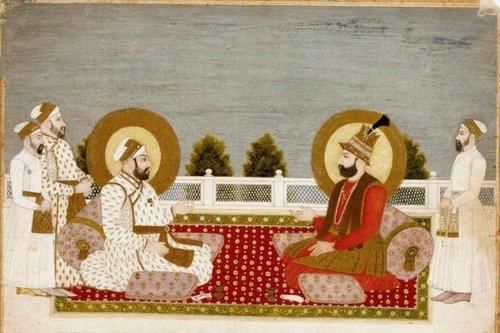 |




